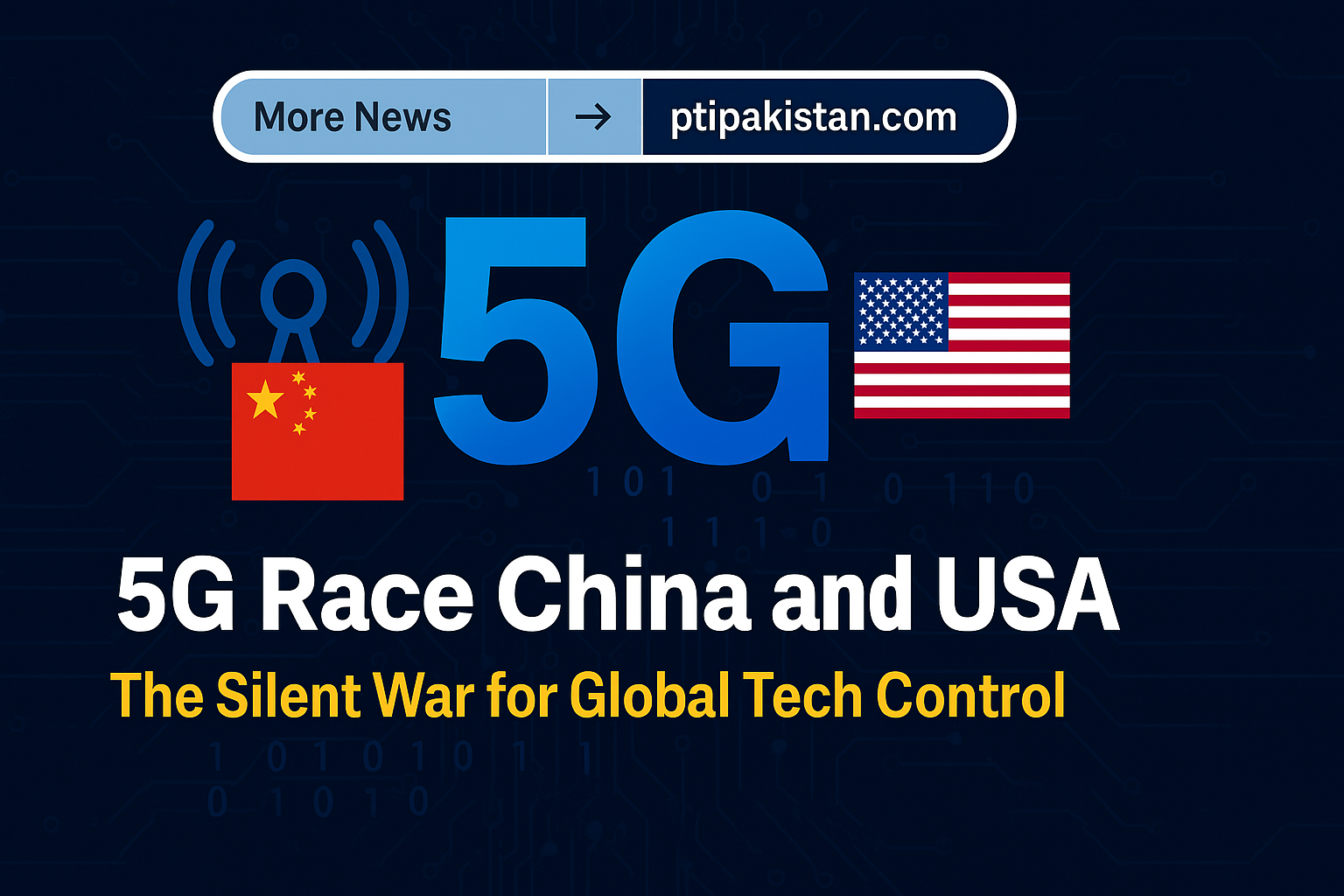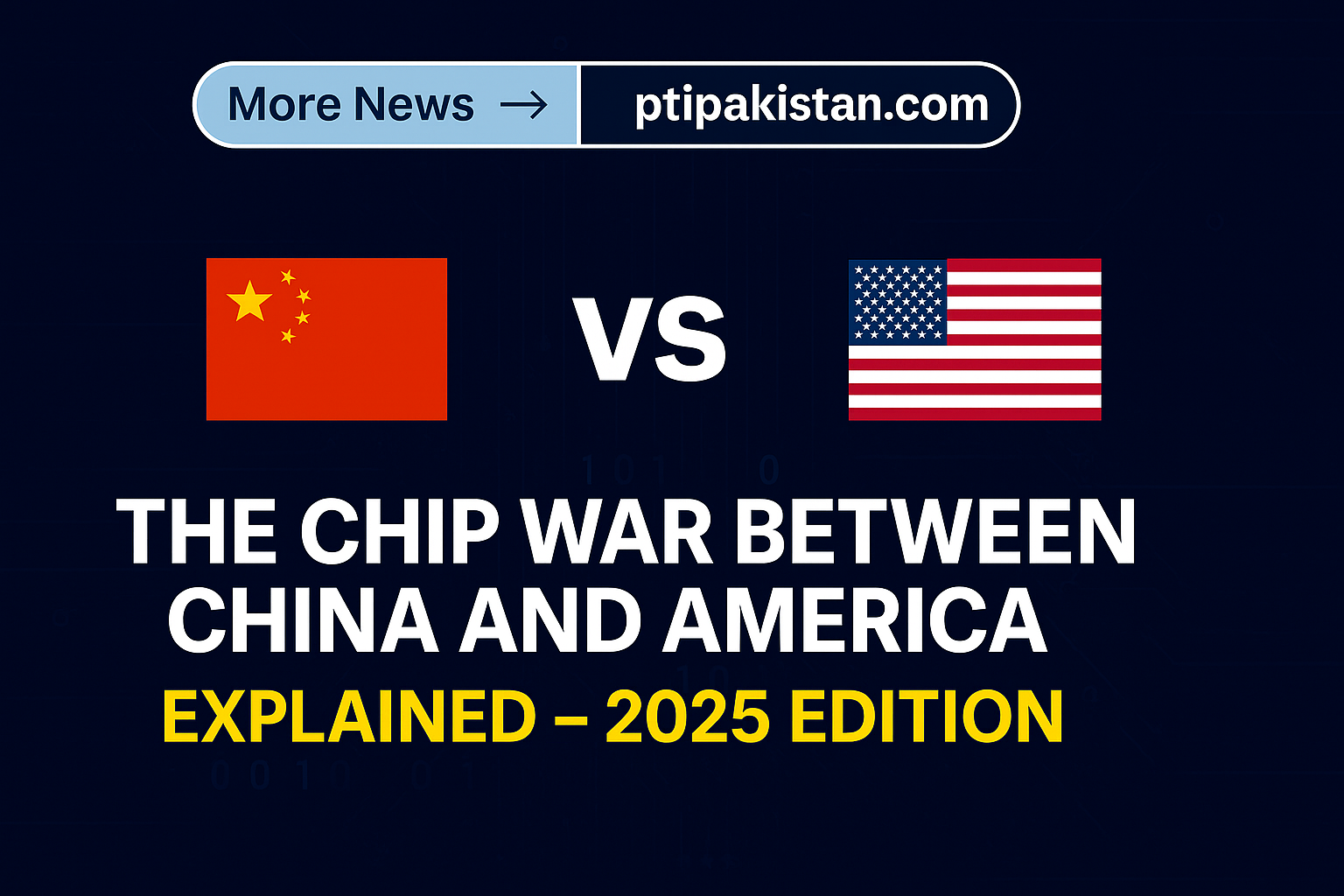Introduction: 5G Race China and USA – The Battle for Tech Dominance Begins
The 5G race China and USA is not just a competition of speed—it’s a silent war for control over the future of global technology. The 5G race China and USA involves not only mobile networks but also critical infrastructure, national security, artificial intelligence, and digital dominance. As the world watches closely, the 5G race China and USA continues to unfold with strategic moves, global alliances, and technological innovations that could reshape the modern world.
In this article, we’ll dive deep explore the technologies behind it, understand its global implications, and examine how it affects every country and industry on the planet.
What is 5G and Why It Matters
5G (Fifth Generation) is the next level of mobile internet connectivity, offering:
- Ultra-fast speeds (up to 100x faster than 4G)
- Low latency (critical for real-time applications)
- Massive device connectivity (IoT revolution)
- Increased network capacity and efficiency
5G is not just about faster smartphones. It enables:
- Autonomous vehicles
- Smart cities
- Remote surgeries
- Industrial automation
- Real-time AI decision-making
Learn more about 5G technology from Qualcomm.
China’s Strategy in the 5G Race
China began investing in 5G early, making it a national priority. The Chinese government provided massive funding and policy support to build a domestic tech infrastructure.
Key Moves by China:
- Huawei and ZTE: Major players in 5G infrastructure globally
- Belt and Road Digital Silk Road: China’s strategy to export its 5G tech worldwide
- Domestic rollouts: Over 2.3 million 5G base stations built by 2025
- AI and 6G planning already in progress
Outbound link: Huawei’s 5G ambition
China’s focus is not only to build its own 5G networks but also to dominate global exports, offering affordable and advanced tech to developing countries.
America’s Response in the 5G Race
The United States viewed China’s 5G push as a threat to national security and tech leadership. The US strategy has focused more on:
- Sanctions and restrictions on Huawei and ZTE
- Investment in domestic chip manufacturing
- Alliances with tech giants like Qualcomm, Cisco, and Intel
- Open RAN (Radio Access Networks) as an alternative to Chinese hardware
Government Action:
- FCC auctions of 5G spectrum
- CHIPS Act – A $280 billion initiative to boost US semiconductor production
- Bans on Huawei equipment in US networks
Outbound link: U.S. CHIPS and Science Act Summary
The Core of the Tech War: Semiconductors
Semiconductors (microchips) are the brains behind 5G networks, AI, and virtually every digital device. The global chip supply chain is now at the center of geopolitical tension.
Key Players:
- USA: Intel, Qualcomm, NVIDIA
- China: SMIC (Semiconductor Manufacturing International Corp.)
- Taiwan: TSMC (world’s largest chipmaker, caught in the middle)
The U.S. restricted exports of advanced chips and chip-making tools to China, trying to limit its AI and 5G capabilities.
5G Race China and USA : Global Allies and Divides
This tech war is not just bilateral—it’s global.
Countries leaning toward China:
- Pakistan
- Russia
- South Africa
- Parts of Latin America and Southeast Asia
Countries aligned with the U.S.:
- Japan
- Australia
- UK
- EU nations (mostly avoiding Huawei)
Case Study: UK’s U-Turn
Initially, the UK allowed Huawei into its 5G networks. But after U.S. pressure and security concerns, it banned Huawei and began removing its equipment.
Security Risks in the 5G Race China and USA
The U.S. claims Huawei’s 5G equipment could allow Chinese surveillance, citing:
- Backdoor access to data
- Government control over companies
- Espionage potential
China denies these allegations and accuses the U.S. of using tech hegemony to suppress competition.
What’s at stake?
- Surveillance and privacy globally
- Cybersecurity vulnerabilities
- Military and defense systems
5G in Action: How It’s Changing the World
China:
- Smart cities in Shenzhen, Hangzhou, and Beijing
- 5G-enabled factories improving productivity
- Remote surgeries and AI traffic control
USA:
- Verizon, AT&T, T-Mobile expanding 5G services
- Silicon Valley startups building on 5G’s power
- Military use of private 5G for battlefield operations
Challenges in the 5G Race China and USA
For China:
- Global mistrust of Huawei
- Sanctions blocking chip imports
- Limited access to advanced lithography tools (like EUV machines from ASML)
For the USA:
- Slow infrastructure rollout
- High cost of 5G deployment
- Reliance on foreign chip production (Taiwan, South Korea)
Future Outlook: 6G on the Horizon?
While the 5G race China and USA continues, both nations are already looking ahead to 6G, expected by 2030.
China:
- Planning 6G satellites
- Research programs involving multiple universities and corporations
USA:
- National 6G Strategy under development
- Collaboration with allies to prevent another Huawei-like situation
Why the 5G Race China and USA Matters to Everyone
The outcome of the 5G race China and USA will impact:
- Global internet access and speed
- AI innovation and automation
- Military and defense dominance
- Economic power and digital colonization
No matter where you live—Europe, Asia, Africa, or the Americas—the apps you use, the cars you drive, and the way you work will be influenced by who wins this tech war.
Conclusion: 5G Race China and USA?
The 5G race China and USA is more than just about faster downloads—it’s about controlling the infrastructure of the future. While China is ahead in deployment and affordability, the U.S. leads in innovation, allies, and chip control.
One thing is clear: the winner of the 5G race will have a powerful say in the digital destiny of the 21st century.
FAQs _ 5G Race China and USA
❓1. Who is winning the 5G race between China and the USA?
Answer: Currently, China leads in terms of infrastructure and global reach with over 2 million 5G base stations. However, the USA holds an edge in semiconductor innovation and global alliances. The race remains close, with both nations pushing forward on 6G development.
❓2. Why is the 5G race between China and the USA important for the world?
Answer: The 5G race determines who controls the next generation of internet infrastructure, impacting global industries, economies, cybersecurity, and innovation. It affects everything from smartphones to AI, smart cities, and even military technology.
❓3. What are the risks of using China’s 5G technology?
Answer: The main concerns include potential surveillance through backdoors, cyber-espionage, and dependence on foreign infrastructure. Western countries, including the USA, have imposed restrictions on Chinese 5G providers like Huawei to mitigate these risks.
contact
if you have any question about this article plz write a comment or visit my official page



